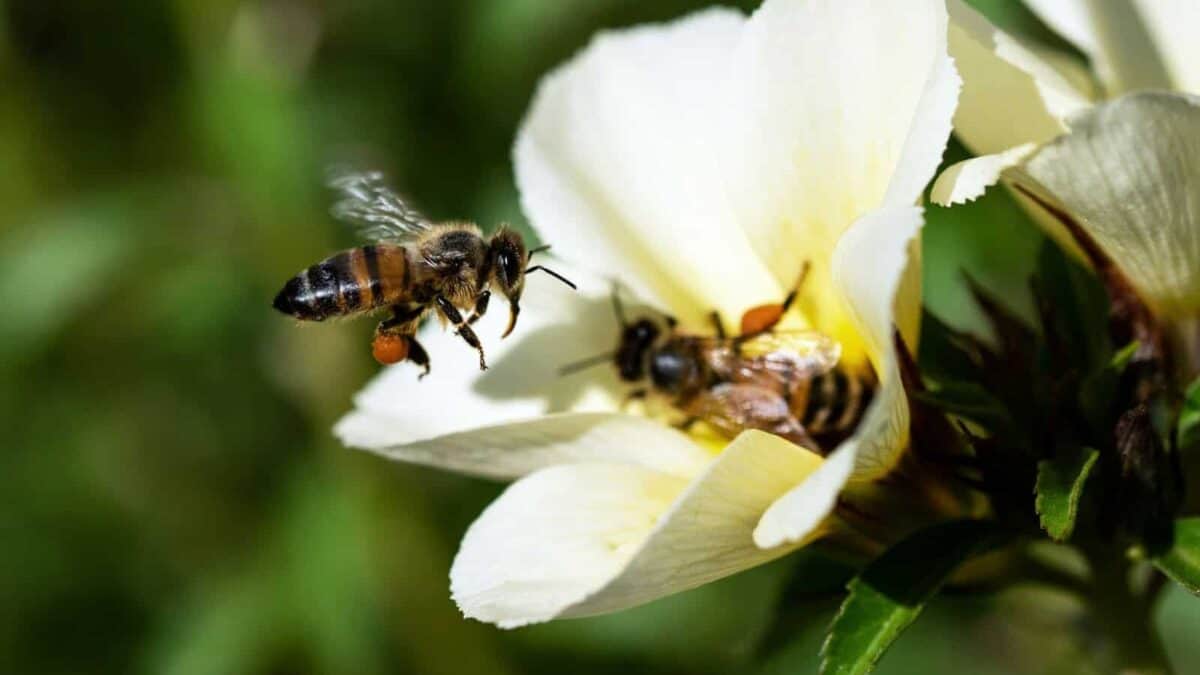In the bustling world of a honeybee colony, communication is key to survival. Among the most fascinating aspects of bee behavior is their ability to share information about food sources through an intricate dance language. This phenomenon, known as the waggle dance, was first decoded by Austrian ethologist Karl von Frisch, who later received a Nobel Prize for his groundbreaking discovery. The waggle dance represents one of nature’s most sophisticated communication systems, allowing bees to convey specific information about the location, distance, and quality of nectar-rich flowers to their hive mates.
What makes this communication system truly remarkable is its precision and efficiency. Through a series of movements performed on the vertical surface of the honeycomb inside the dark hive, forager bees can indicate the exact coordinates of a promising food source located kilometers away. This dance language has evolved over millions of years, enabling honeybee colonies to efficiently exploit floral resources in their environment and adapt to changing conditions. The waggle dance exemplifies how even relatively simple nervous systems can support complex communication and social cooperation.
Karl von Frisch: The Man Who Decoded the Dance
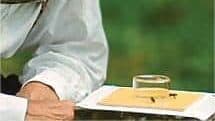
Karl von Frisch’s discovery of the bee waggle dance stands as one of the most significant achievements in the history of behavioral biology. During the 1940s, von Frisch conducted meticulous experiments with honeybee colonies, initially believing that bees communicated about food sources primarily through scent. However, through careful observation and ingenious experimental designs, he noticed patterns in the movements of returning forager bees that corresponded to the locations of food sources he had placed at varying distances and directions from the hive.
Von Frisch’s work revealed that bees weren’t simply communicating the presence of food but were sharing precise navigational information. He published his findings in his landmark 1967 book “The Dance Language and Orientation of Bees,” and in 1973, he shared the Nobel Prize in Physiology or Medicine for his discoveries. His work not only transformed our understanding of insect communication but also challenged prevailing notions about the cognitive capabilities of insects, demonstrating that these small creatures possess sophisticated information-processing abilities that enable them to perform complex tasks essential for their survival.
The Mechanics of the Waggle Dance
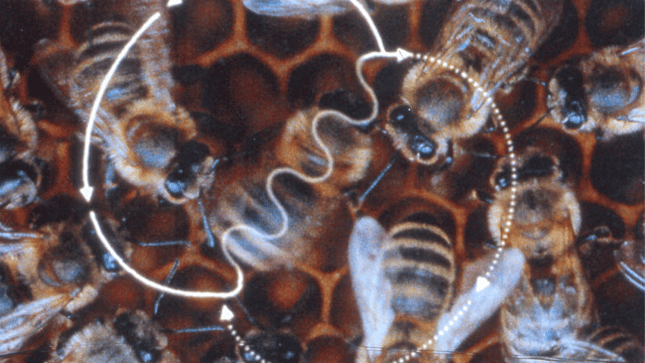
The waggle dance consists of a series of precisely choreographed movements performed by a successful forager bee upon returning to the hive. The dance takes place on the vertical surface of the honeycomb in the darkness of the hive. It begins with the bee moving in a straight line while vigorously shaking its abdomen from side to side – the “waggle” that gives the dance its name. During this waggle run, the bee also produces buzzing sounds by vibrating its wings. After completing the straight run, the bee returns to the starting point by circling alternately to the right and left, creating a figure-eight pattern.
The key elements of the dance encode specific information: the direction of the waggle run relative to gravity indicates the direction of the food source relative to the sun, while the duration of the waggle phase communicates the distance to the food source. Longer waggle runs indicate greater distances. Additionally, the vigor and persistence of the dance, along with the number of circuits completed, convey information about the quality and abundance of the food source. This sophisticated system allows for the transmission of three-dimensional navigational information in the two-dimensional space of the honeycomb surface.
Encoding Direction: How Bees Use the Sun as a Compass
One of the most remarkable aspects of the waggle dance is how bees translate the horizontal angle between the hive, the sun, and the food source into a dance performed on a vertical surface. Inside the dark hive, forager bees use gravity as a reference point. The angle of the waggle run relative to vertical corresponds to the angle of the food source relative to the sun. If a food source is directly toward the sun, the bee will perform the waggle run straight up. If the food source is 60 degrees to the right of the sun, the bee will perform the waggle run 60 degrees to the right of vertical.
This celestial navigation system requires bees to constantly update their internal compass to account for the sun’s movement across the sky. Honeybees possess an internal clock that allows them to compensate for the sun’s apparent motion, adjusting their dances throughout the day to maintain accuracy. Even more impressively, bees can communicate direction on cloudy days by detecting polarized light patterns in the sky that are invisible to humans. This ability to navigate using celestial cues demonstrates the sophisticated neural processing capabilities of the honeybee brain, which contains less than a million neurons but can perform complex computations essential for survival.
Measuring Distance: The Duration Code
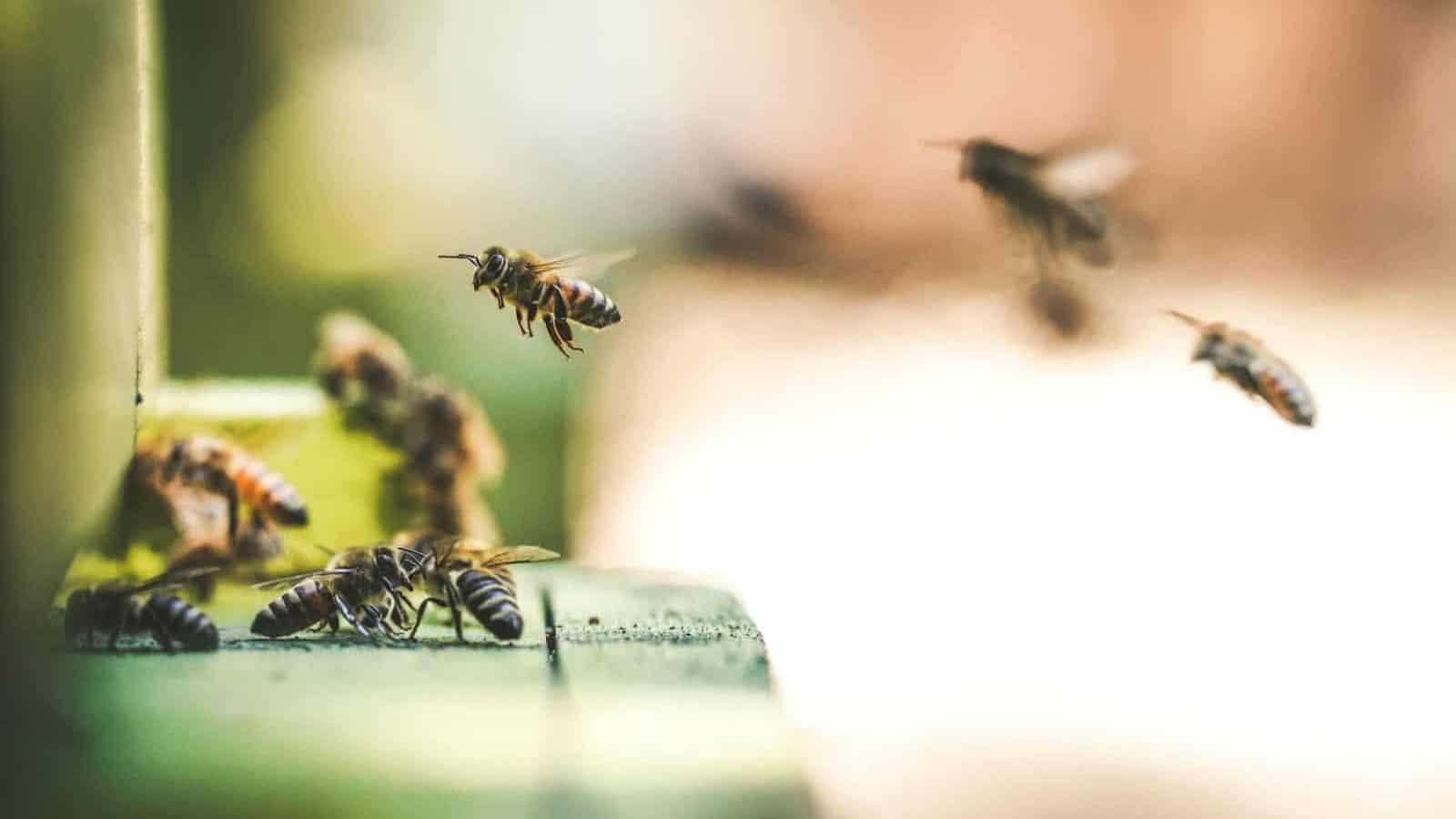
The way honeybees communicate distance information is through the duration of the waggle phase of their dance. The longer the waggle run, the farther away the food source is located. This relationship is not perfectly linear but follows what researchers call a “distance calibration curve” that can vary slightly between different bee populations adapted to different environments. For example, bees that typically forage in open areas might use a different calibration than those that forage in densely wooded areas, where flight paths are more circuitous.
Research has shown that the waggle duration primarily corresponds to the effort or energy expended during flight rather than a direct measure of distance. This means that if bees fly against a strong headwind, requiring more energy to reach their destination, they might indicate a longer distance in their dance than the actual linear distance would warrant. Similarly, uphill flights are represented as longer distances than equivalent horizontal distances. This energy-based communication system helps the colony optimize its foraging strategy by accounting for the true energetic costs of reaching different food sources, not just their geometric distance from the hive.
Quality Assessment: Enthusiasm in the Dance
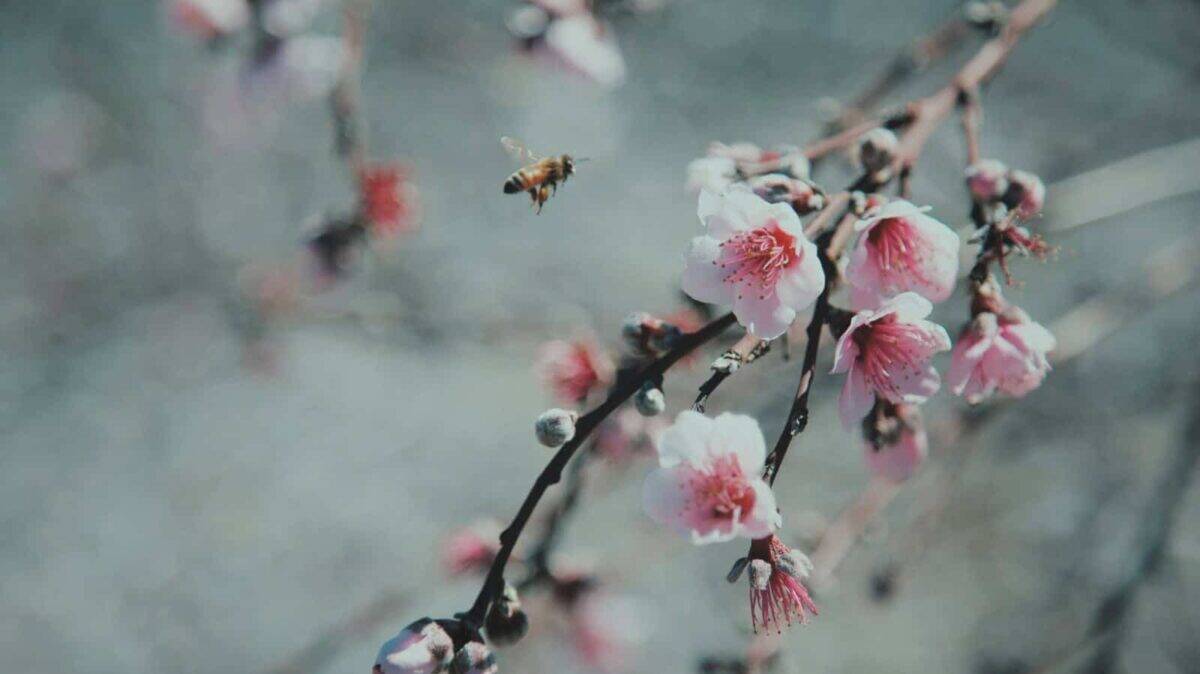
Beyond location information, the waggle dance also communicates the quality and abundance of the discovered food source. A forager that has found an exceptionally rich nectar source will perform more dance circuits with greater vigor and persistence, recruiting more hive mates to the location. The number of dance circuits completed before the bee stops to unload its nectar serves as an indicator of the source’s value. Higher sugar concentration in nectar typically elicits more enthusiastic and prolonged dancing, reflecting the greater energetic reward available at that location.
Additionally, bees may incorporate subtle variations in their buzzing sounds and release specific pheromones during the dance that further enhance the recruitment message. The dance audience—other worker bees that follow the dancer closely, often touching her with their antennae—can detect these chemical signals along with the mechanical vibrations produced during the waggle. This multimodal communication system ensures that the colony allocates its foraging workforce efficiently, directing more foragers to the most profitable food sources and quickly adapting to changes in resource availability in the environment.
Following the Dance: How Recruits Interpret the Information
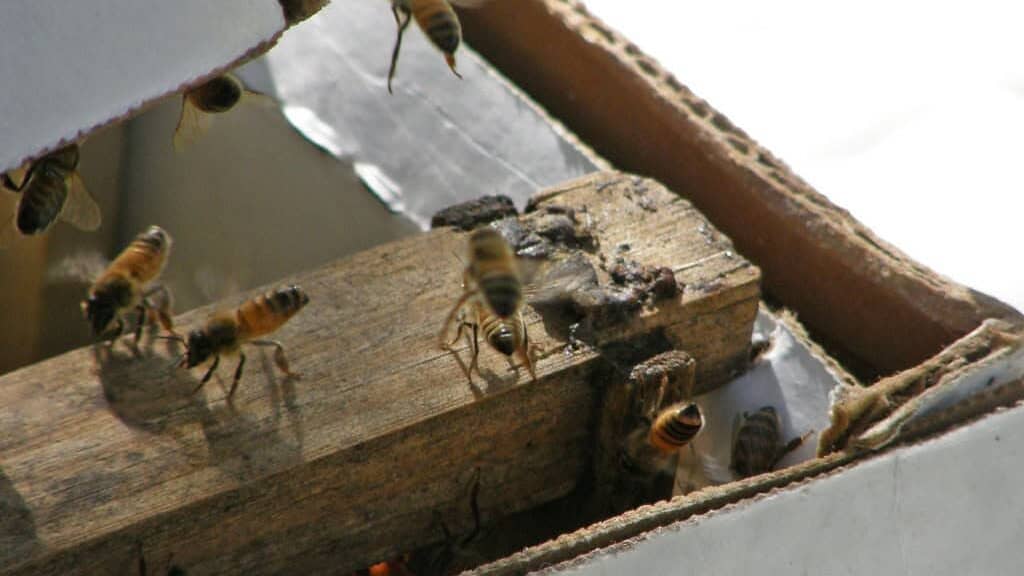
The audience for the waggle dance consists of unemployed foragers or those seeking better food sources than they currently exploit. These bees follow the dancer closely in the darkness of the hive, touching the dancing bee with their antennae to detect subtle vibrations and chemical signals. To interpret the dance accurately, follower bees must often observe multiple dance circuits, averaging the information to improve precision. Studies have shown that the more circuits a recruit follows, the more accurate her flight to the indicated location will be.
After watching the dance, recruited bees exit the hive and fly in the indicated direction for the communicated distance. They then begin a systematic search pattern in the vicinity where the food source should be located. This search is guided by both visual landmarks and odor cues they detected from the dancing bee, which carries the scent of the flowers she visited. The integration of dance-communicated navigational information with visual and olfactory cues demonstrates the sophisticated multimodal information processing capabilities of the honeybee brain. This system ensures that even if the dance communication contains small errors, recruits can still successfully locate profitable food sources.
Adaptive Significance: Why the Waggle Dance Evolved
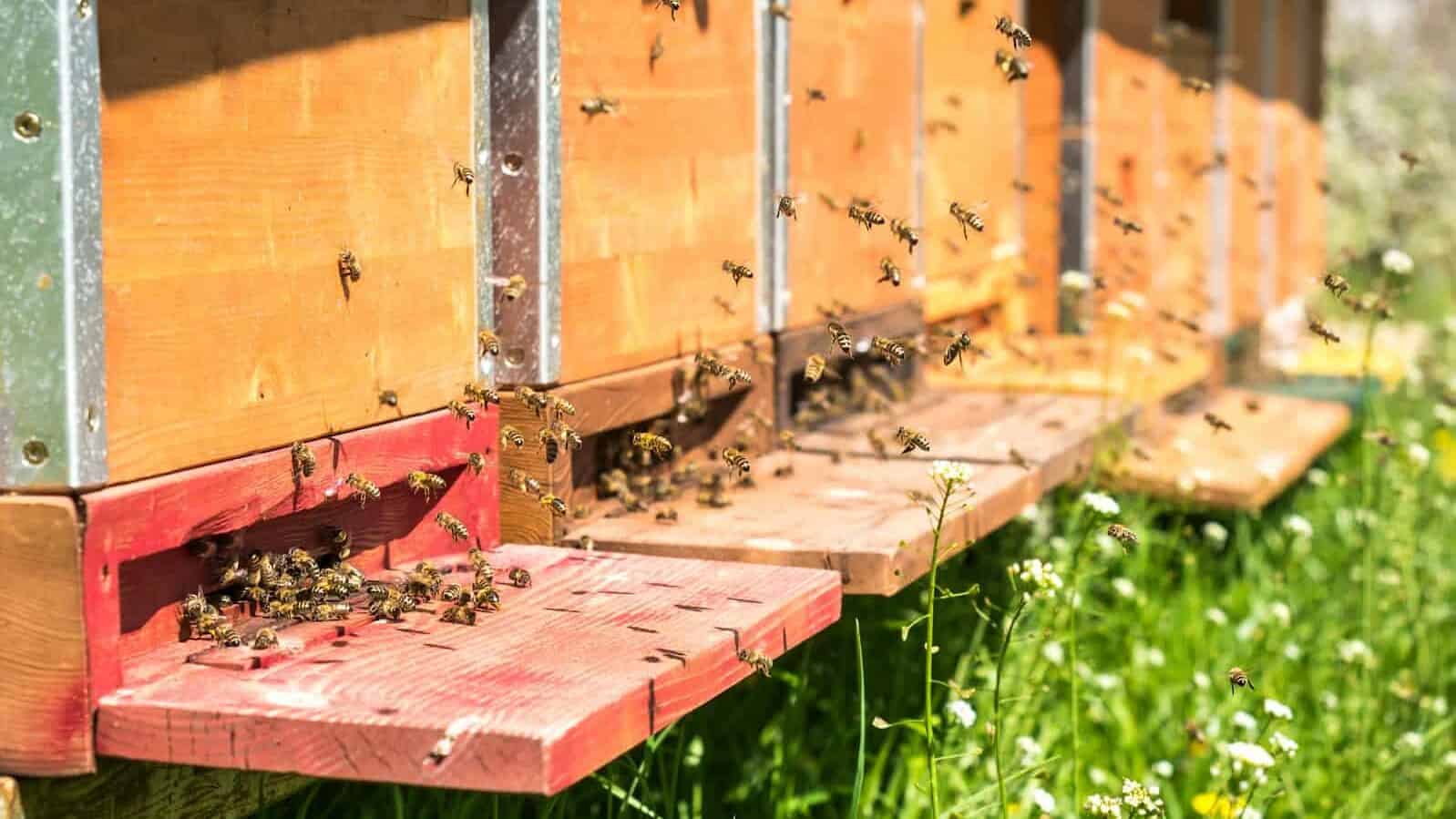
The waggle dance communication system represents a remarkable evolutionary adaptation that enhances the foraging efficiency of honeybee colonies. By sharing precise information about profitable food sources, colonies can rapidly mobilize foragers to exploit temporary floral resources, which is particularly valuable in environments where flowering plants bloom briefly and unpredictably. This cooperative foraging strategy allows honeybees to outcompete solitary insects that lack such communication systems and must independently discover food sources.
The dance language also enables colonies to make collective decisions about resource allocation. When multiple dancers simultaneously advertise different food sources, recruits preferentially follow the most vigorous dancers, effectively voting with their wings for the most profitable options. This democratic decision-making process helps colonies optimize their energy investment in foraging. Additionally, the dance language facilitates the rapid transmission of information across generations of foragers, as the average worker bee lives only a few weeks during the active season. This cultural transmission of environmental knowledge allows colonies to maintain foraging efficiency despite the constant turnover of individuals, contributing to the remarkable ecological success of honeybees across diverse habitats.
Experimental Verification: Proving the Dance Language Theory
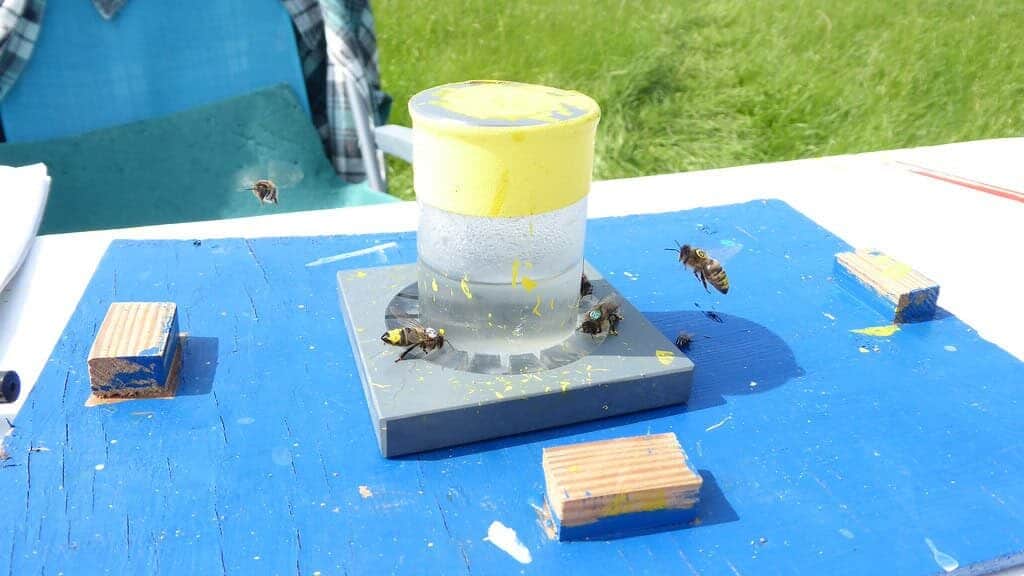
Although von Frisch’s discovery of the waggle dance language was revolutionary, his interpretation faced skepticism from some scientists who proposed alternative explanations for how bees locate food sources. The most significant challenge came from the “odor hypothesis,” which suggested that bees might simply be following the scent of successful foragers rather than interpreting abstract spatial information from the dance. This controversy persisted for decades until definitive experiments in the late 20th and early 21st centuries conclusively validated von Frisch’s dance language theory.
In 2005, a research team led by Axel Michelsen conducted a groundbreaking experiment using a robotic bee that could perform programmed waggle dances. This mechanical dancer was able to successfully recruit live bees to specific locations, even when those locations contained no natural odor cues. Other experiments using harmonic radar to track the flight paths of recruited bees showed that they indeed flew the distance and direction indicated by the dance they had followed. These studies, along with sophisticated displacement experiments where bees were transported in dark containers to unfamiliar locations, have provided overwhelming evidence that bees genuinely extract and use the spatial information encoded in the waggle dance to navigate to distant food sources.
Variations and Dialects in the Dance Language
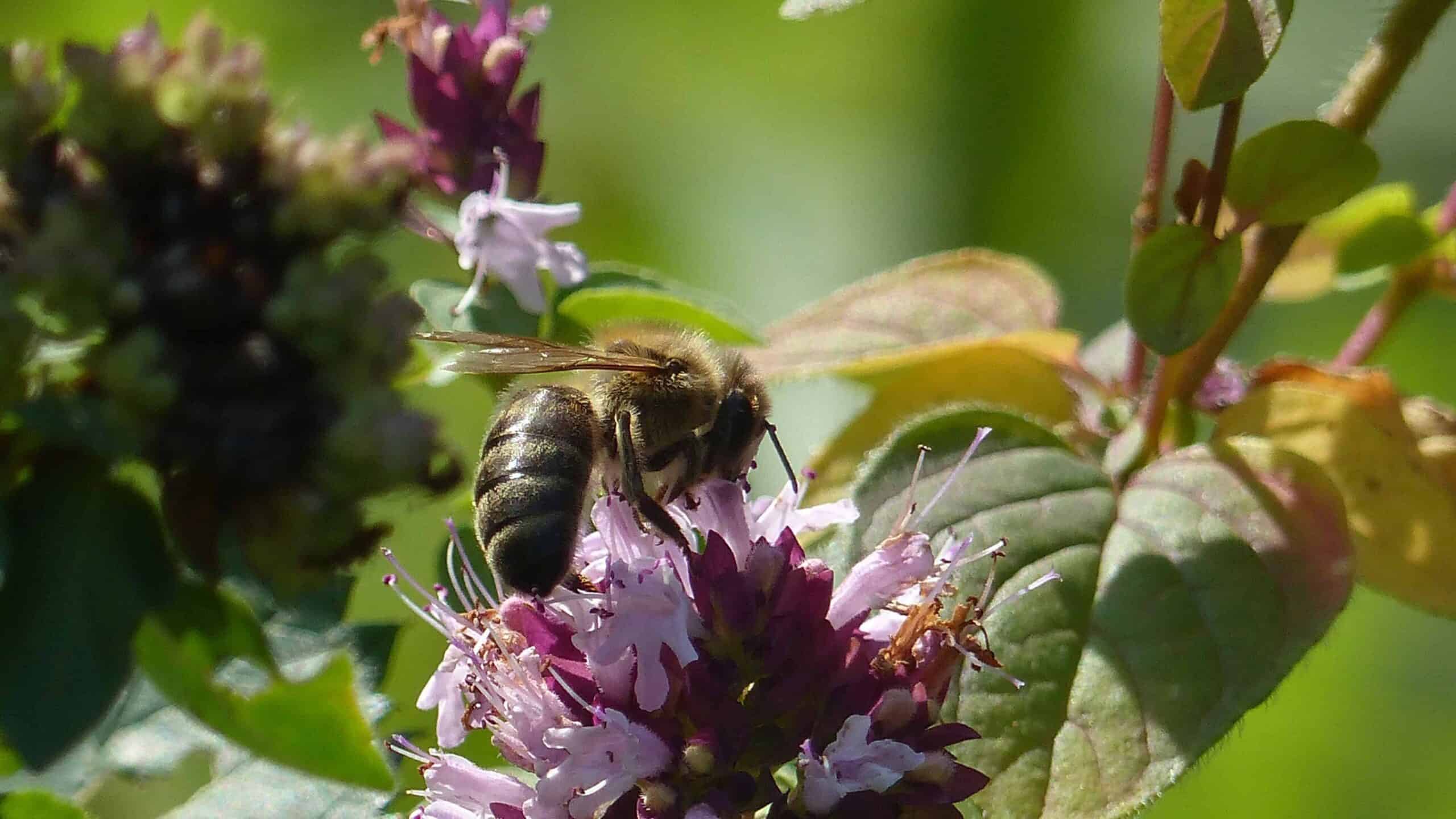
Fascinatingly, the waggle dance is not identical across all honeybee species and populations. Different subspecies of Apis mellifera (the western honeybee) from various geographic regions show slight variations in how they encode distance information—essentially forming different “dialects” of the dance language. For example, Italian honeybees (Apis mellifera ligustica) and Egyptian honeybees (Apis mellifera lamarckii) use different calibration curves to relate waggle duration to flight distance. These differences likely reflect adaptations to local environments with varying foraging conditions.
Beyond these dialectical variations, related honeybee species like the giant Asian honeybee (Apis dorsata) and dwarf honeybee (Apis florea) perform their dances on horizontal surfaces outside the hive rather than on vertical combs inside. These bees can directly indicate the direction to food sources by pointing their bodies toward the target during the waggle run, without needing to translate solar angles into gravitational references. The existence of these variations suggests that the dance language has evolved multiple times or has been modified throughout evolutionary history to adapt to different ecological niches and nesting strategies, highlighting the remarkable flexibility of this communication system.
Beyond Foraging: Other Uses of the Dance Language

While the waggle dance is most famous for its role in coordinating foraging activities, honeybees use similar dance-based communication for other collective activities. Perhaps most notably, when a honeybee colony outgrows its nest and needs to split, scout bees use waggle dances to communicate the locations of potential new nest sites. During this reproductive swarming process, dozens of scouts may simultaneously advocate for different locations through dances on the surface of the swarm cluster. Over several days, a democratic “debate” ensues, with scouts initially dancing for their discovered sites but eventually switching their allegiance to support better options advertised by other dancers.
Honeybees also use variations of the waggle dance to communicate the locations of water sources, which become critically important during hot weather when colonies need water for evaporative cooling. Additionally, some research suggests that bees may use abbreviated dance signals to warn nestmates about dangerous foraging areas where predators or other threats have been encountered. These various applications of the dance communication system demonstrate its versatility as a general-purpose spatial communication tool that helps honeybee colonies coordinate diverse activities essential for their survival and reproduction across changing environmental conditions.
The Waggle Dance in the Modern World: Challenges and Conservation

In today’s rapidly changing environment, the honeybee’s waggle dance communication system faces unprecedented challenges. Habitat fragmentation has increased the distances bees must fly to find suitable forage, sometimes exceeding the range that can be effectively communicated through the dance. Agricultural pesticides, particularly neonicotinoids, have been shown to impair bees’ cognitive abilities, potentially interfering with their capacity to perform or interpret waggle dances accurately. These factors, combined with disease pressures and climate change, threaten not only individual bees but the integrity of the social communication systems that make their colonies so remarkably successful.
Conservation efforts increasingly recognize the importance of preserving not just honeybee populations but the ecological conditions that allow their sophisticated communication systems to function effectively. Creating connected corridors of bee-friendly habitat, reducing pesticide use, and maintaining diverse floral resources throughout the foraging season can help support healthy bee populations with intact communication networks. Understanding the waggle dance has also given scientists a powerful tool for ecological monitoring—by decoding the dances of a colony, researchers can map the foraging landscape from the bees’ perspective, identifying resources and threats that might otherwise remain invisible to human observers. This “bee’s-eye view” of the landscape offers valuable insights for conservation planning and sustainable land management practices.
The waggle dance of honeybees stands as one of nature’s most elegant solutions to the challenge of collective resource finding. This sophisticated communication system enables thousands of individual insects to function as a coordinated superorganism, sharing information across space and time to efficiently exploit environmental resources. The discovery and decoding of this dance language fundamentally transformed our understanding of animal communication and challenged long-held assumptions about the cognitive capabilities of insects.
Beyond its scientific significance, the waggle dance offers profound insights into the evolution of communication systems and the diverse ways intelligence can manifest in nature. The fact that an insect with a brain smaller than a grain of rice can communicate abstract concepts like distance and direction should inspire humility about our understanding of consciousness and cognition in other species. As we continue to face environmental challenges that threaten pollinator populations worldwide, the story of the waggle dance reminds us of what we stand to lose—not just honeybees themselves, but an ancient, beautiful, and astonishingly sophisticated form of communication that has evolved over millions of years.
The waggle dance also demonstrates that language and culture are not uniquely human attributes but exist in various forms across the animal kingdom. By studying these communication systems, we gain valuable perspectives on our own evolutionary history and the fundamental principles that govern information sharing in social species. As we work to protect honeybees and their habitats, we are preserving not just essential pollinators but living examples of nature’s remarkable capacity for creating elegant solutions to complex problems through the gradual process of evolution.
Perhaps most importantly, the story of how Karl von Frisch persisted in his careful observations and experiments, eventually uncovering one of biology’s most beautiful secrets, serves as an inspiring reminder of the rewards of scientific curiosity and the endless wonders waiting to be discovered in the natural world around us. The waggle dance continues to fascinate scientists and nature enthusiasts alike, a testament to our enduring appreciation for the elegant complexity of life on Earth.
- 11 Incredible Animals Found Only in the Pacific Islands - August 9, 2025
- Why Zebras Roll in Dust and Mud - August 9, 2025
- America’s Most Endangered Mammals And How to Help - August 9, 2025

